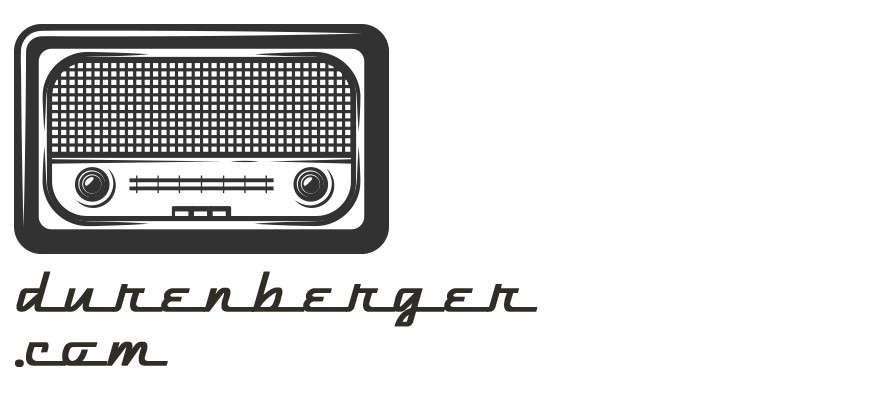SHORTWAVE AND LONGWAVE BROADCASTING

In radio’s fledgling period, the “short-waves” were a mysterious unattainable slice of the ether; the domain of the experimenter. “Wireless” signals were first generated by mechanical means; most communications were in what we call the “Long-wave” neighborhood…frequencies barely above the band of audibility. Devices like the Alexandersen Alternator generated gobs of power, but the mechanical limits of machine-rotation speed constrained usage at higher frequencies. It took the electronic oscillator and the development of the high-power vacuum tube to make short-wave practical. The futurists saw potential.
Early success in using the new higher frequencies led to the acceptance of short-wave for transoceanic communications. Refinements in audio quality meant short-wave could be used for overseas broadcasting. Several commercial broadcasters thought shortwave could make a better broadcast band and built shortwave facilities for simulcast of their AM stations and as relays between stations. Some of those shortwave operations were pressed into service by the U.S. government during the war to help launch the Voice of America. (After the war many of these facilities were shut down. It was left to a few entrepreneurs to carry on.)
Long-Wave broadcasting is still used in some countries but it was never practical in the United States. Still, some floated ideas for a “U. S. National Broadcast” system using mega-power at the Long-Wave frequencies.
This material is provided for Educators and Researchers.
No copyrights or usage rights are implied or granted.
